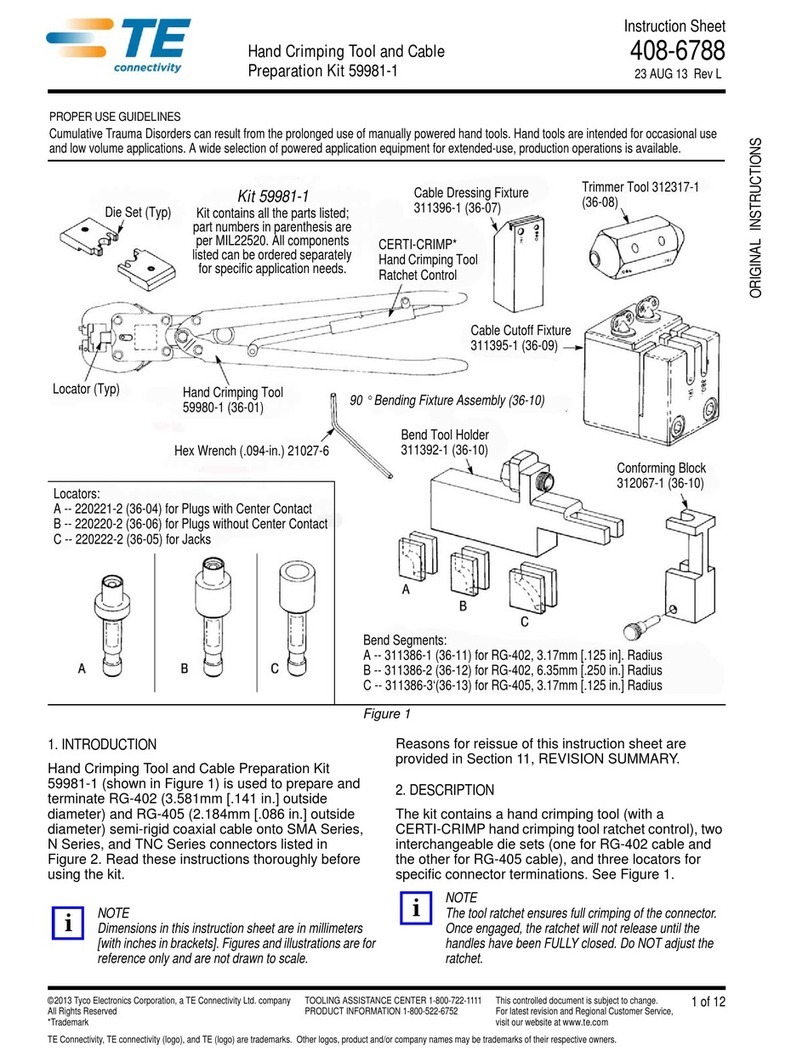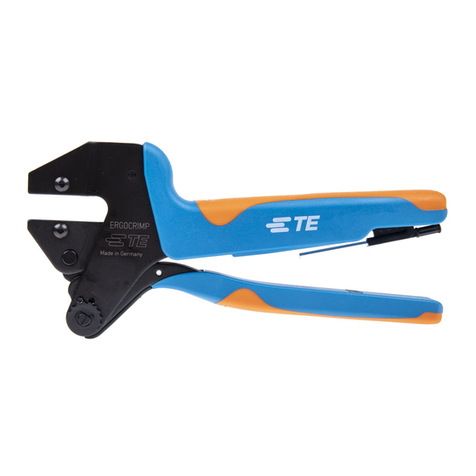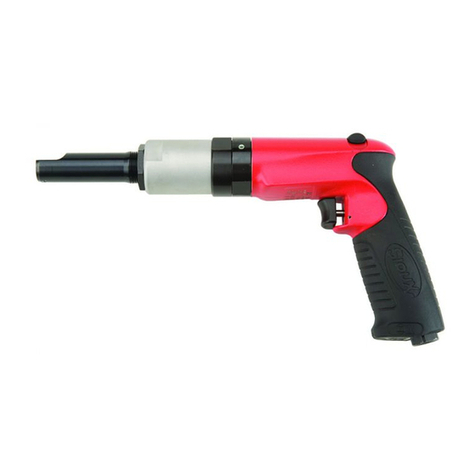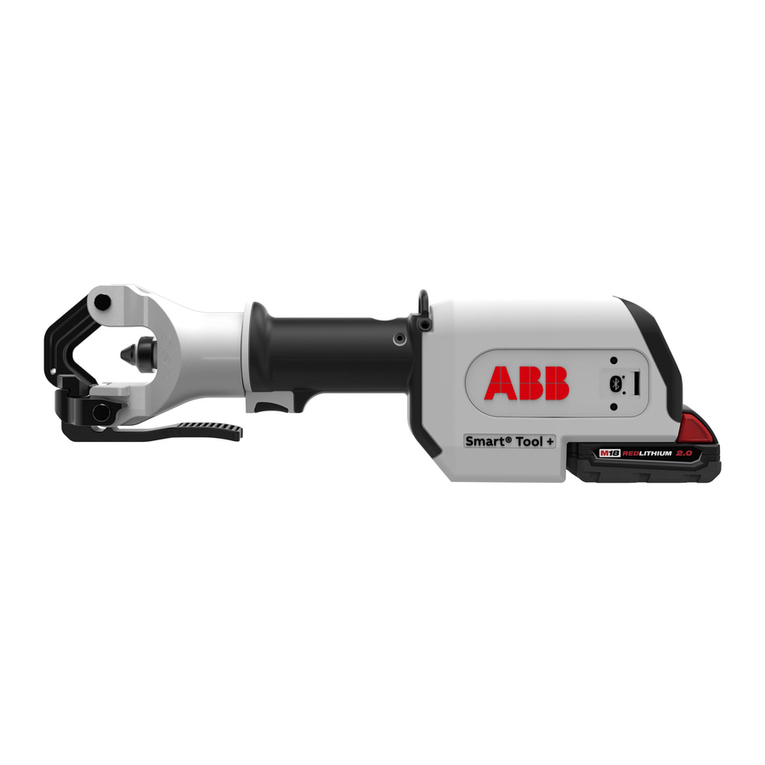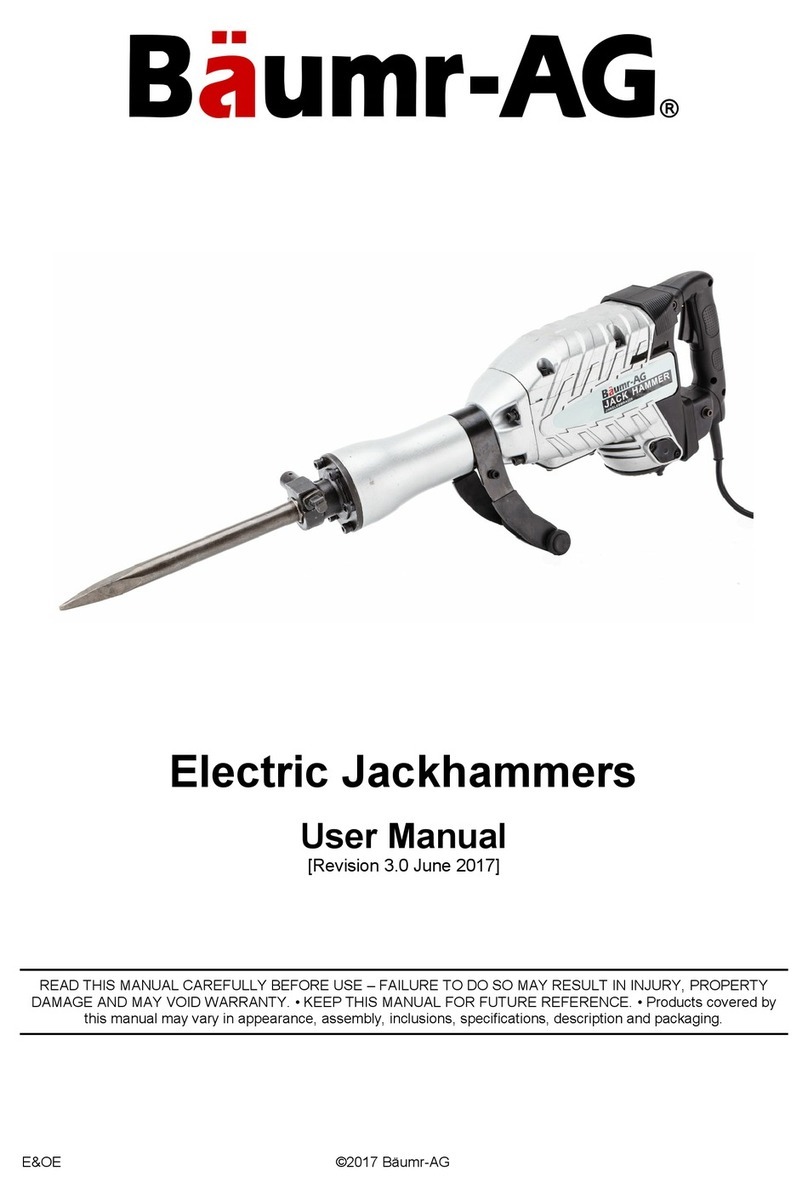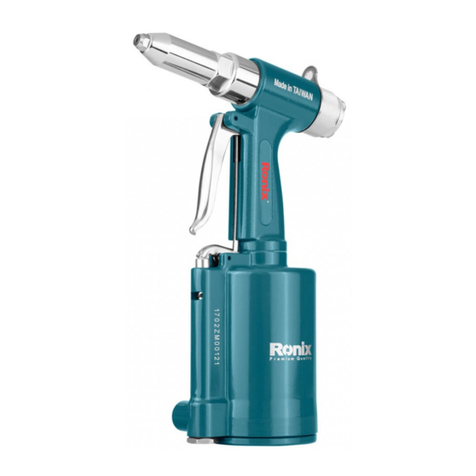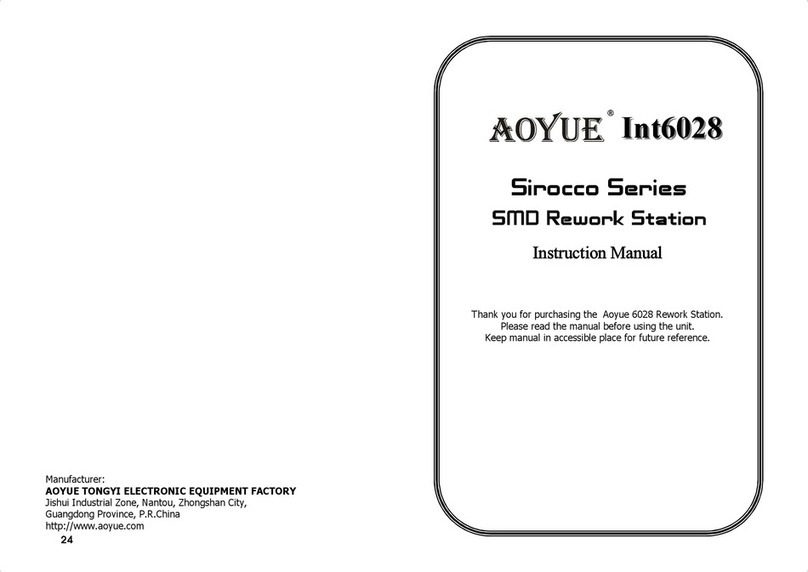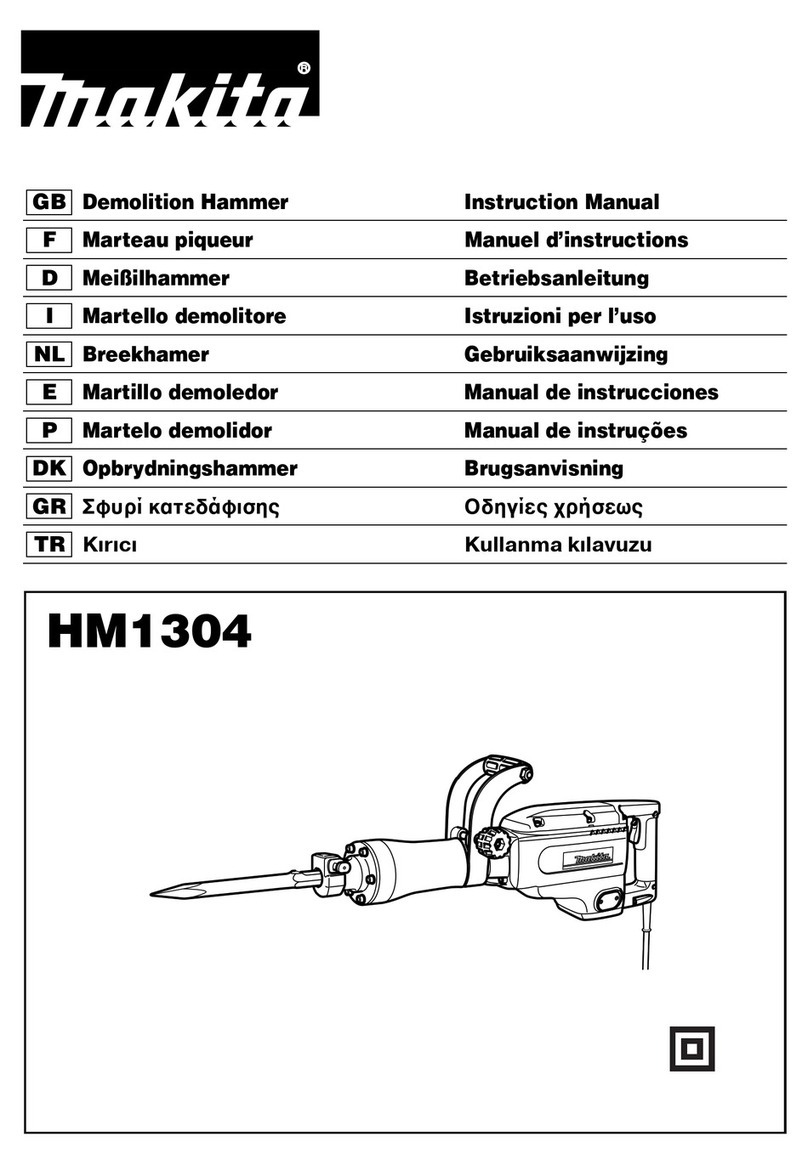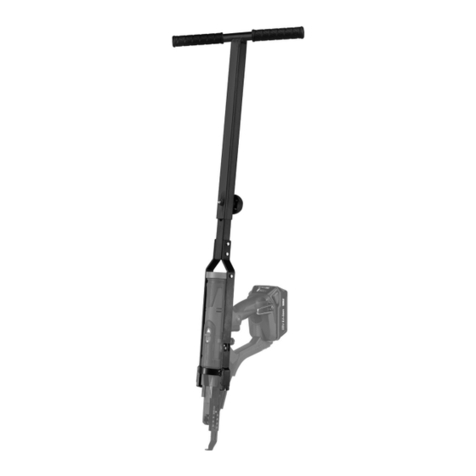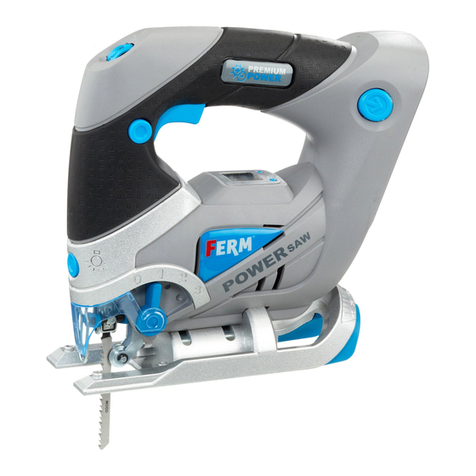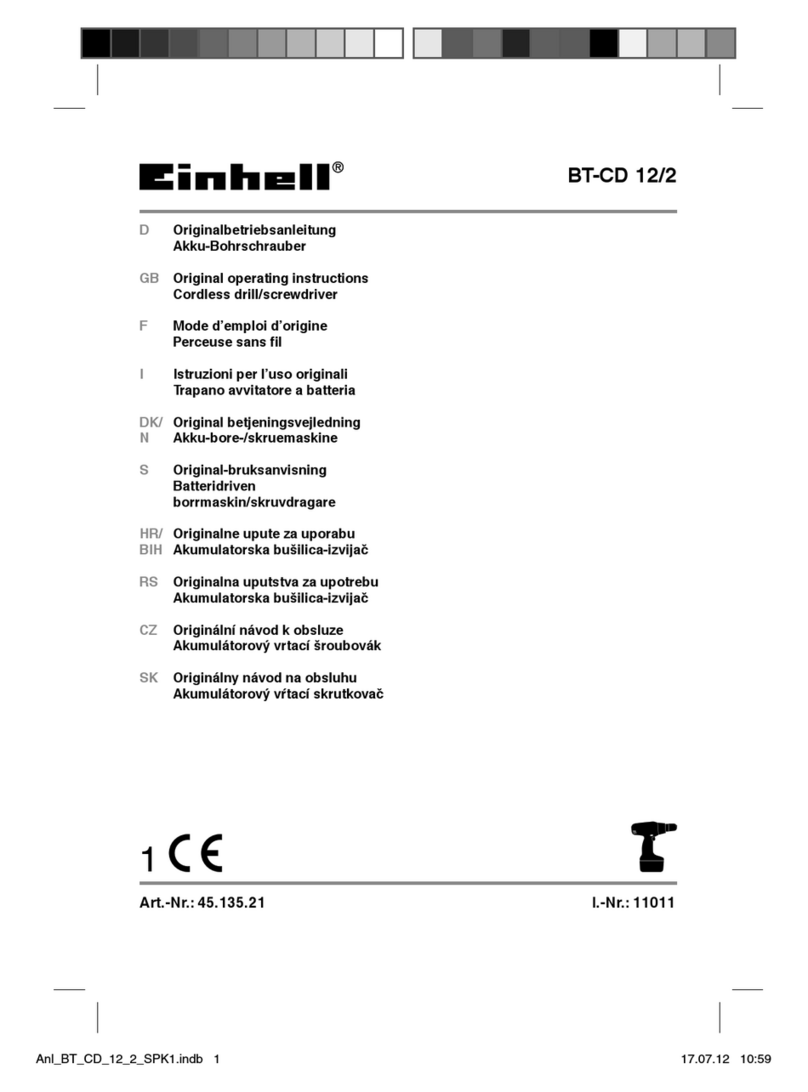TE Connectivity 2405856-1 User manual
Other TE Connectivity Power Tools manuals
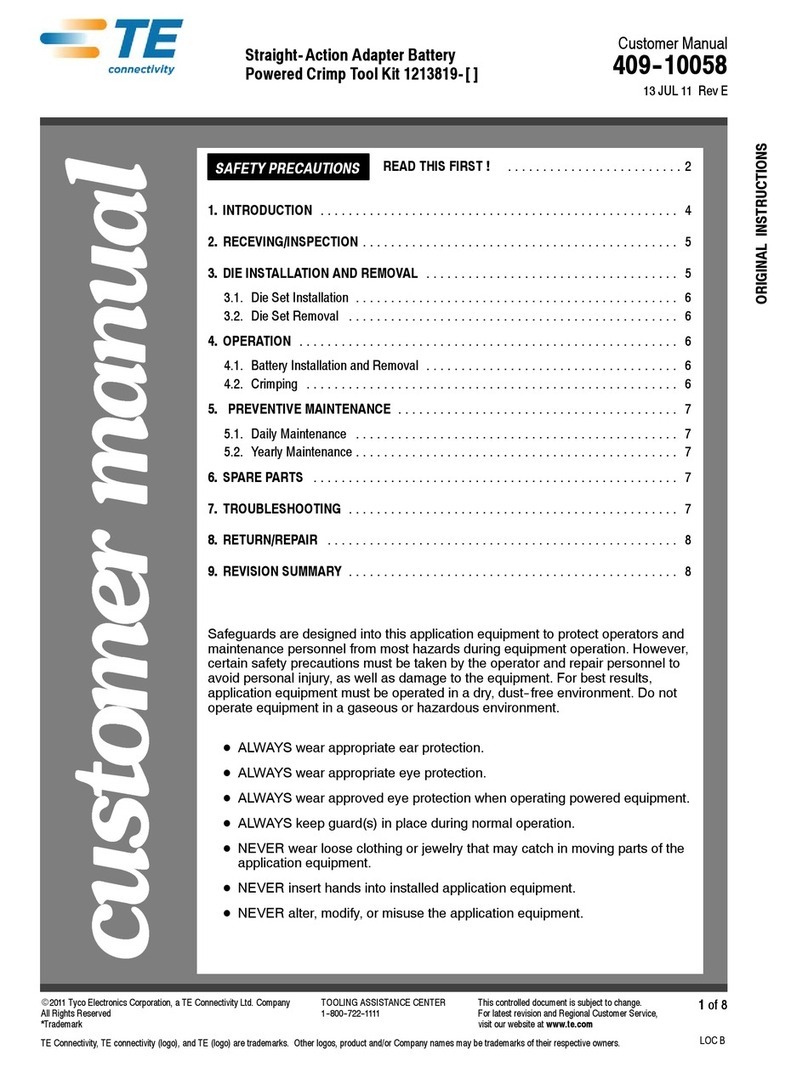
TE Connectivity
TE Connectivity 1213819-1 Reference guide
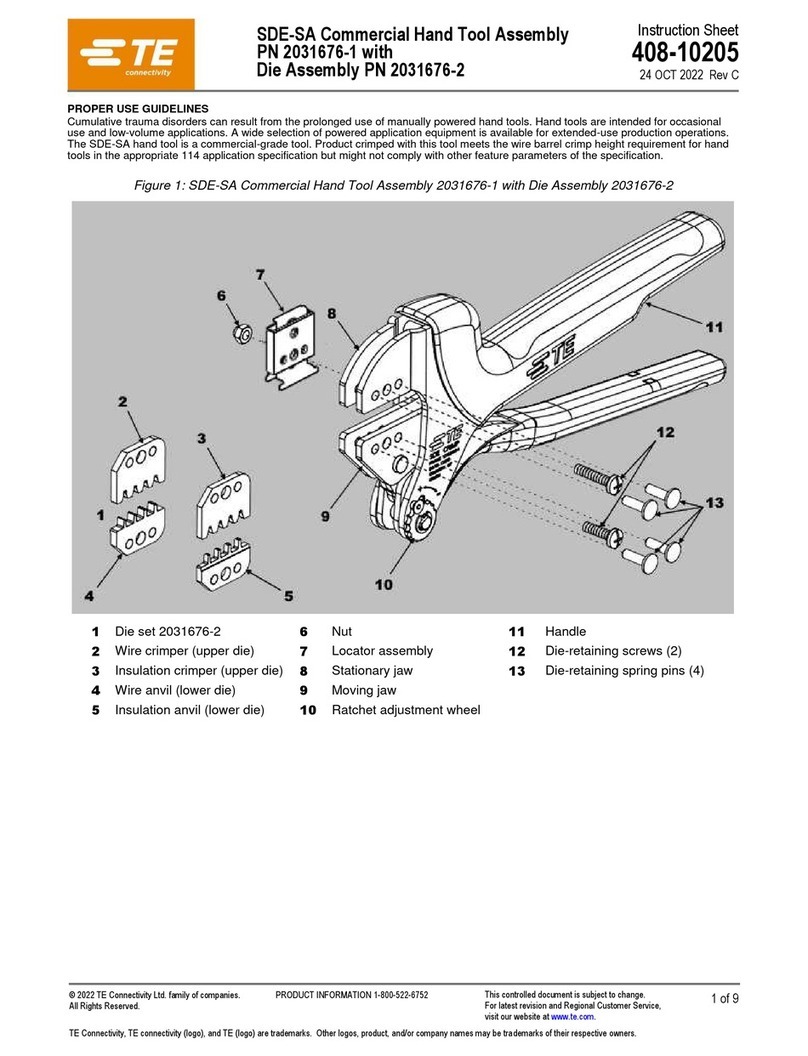
TE Connectivity
TE Connectivity 2031676-1 User manual

TE Connectivity
TE Connectivity 2389862-1 User manual
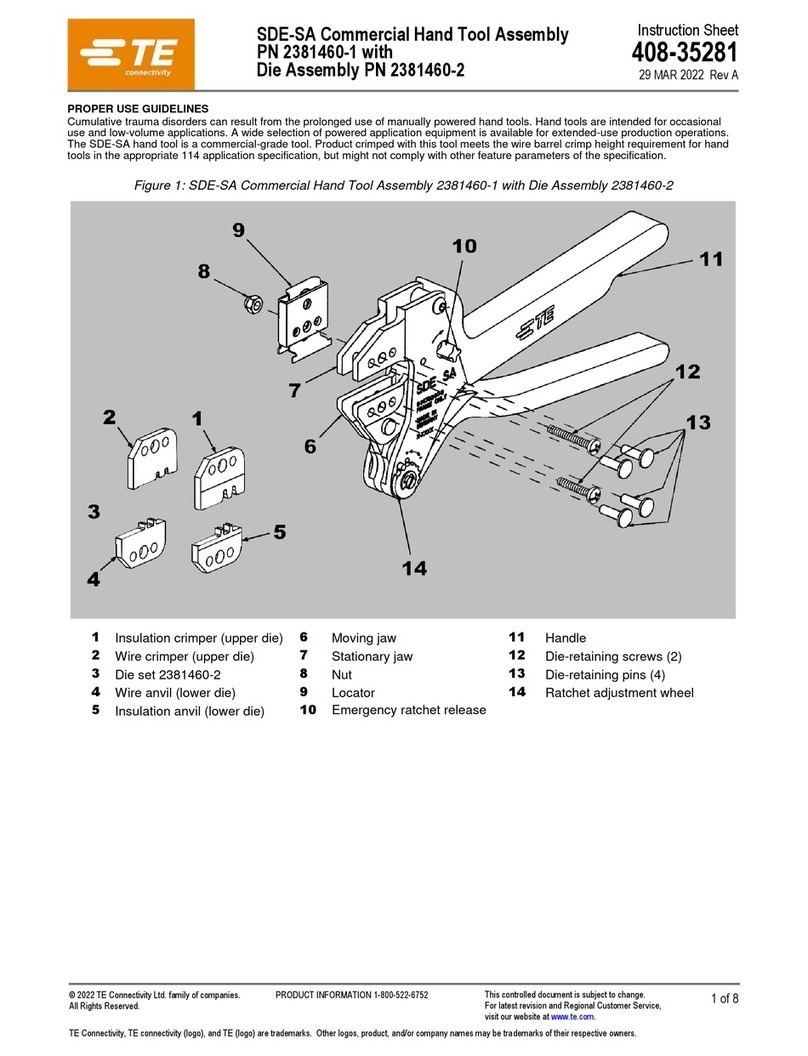
TE Connectivity
TE Connectivity 2381460-1 User manual
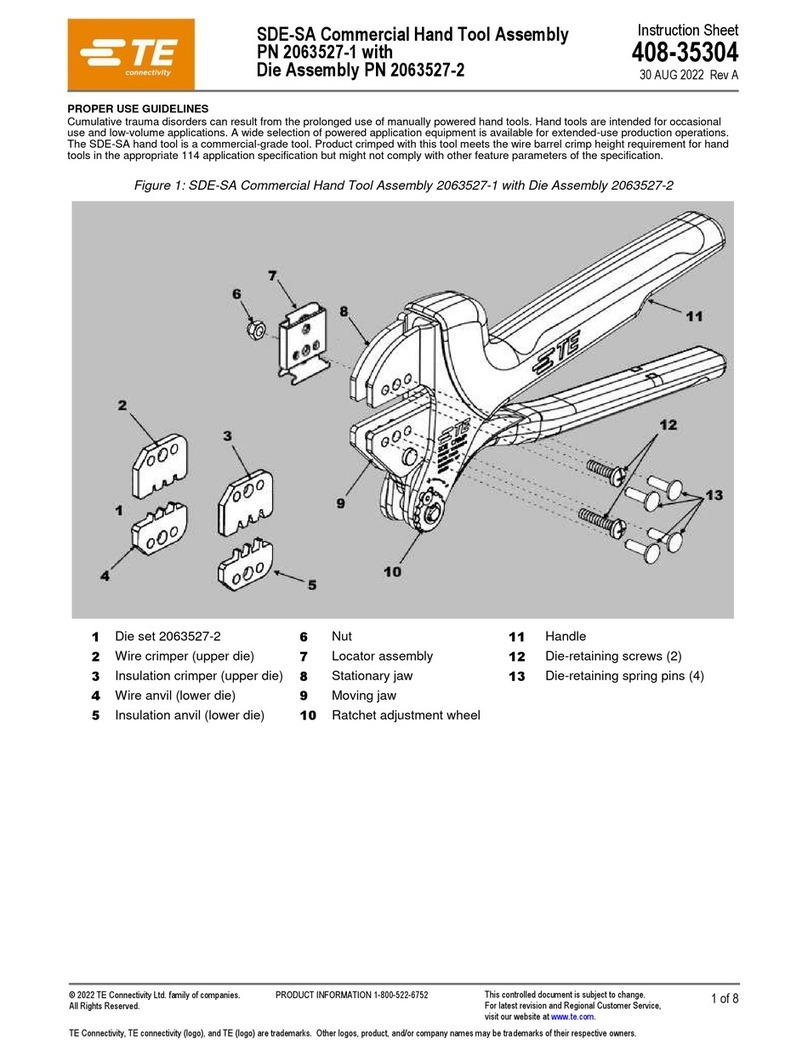
TE Connectivity
TE Connectivity 2063527-1 User manual
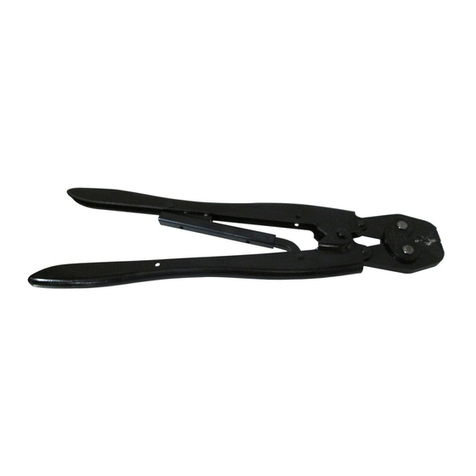
TE Connectivity
TE Connectivity 46447 User manual
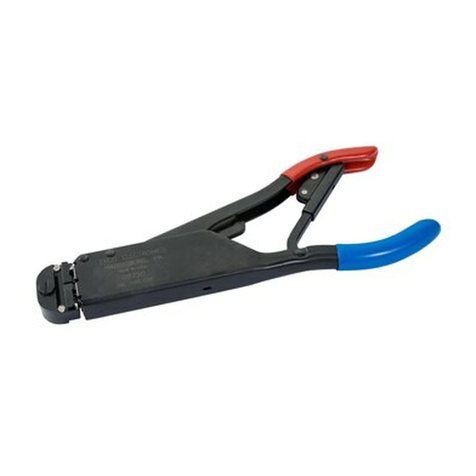
TE Connectivity
TE Connectivity 59275 User manual
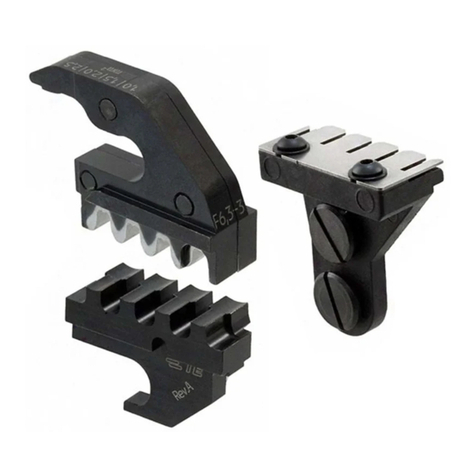
TE Connectivity
TE Connectivity CERTILOK 9-1579022-1 User manual

TE Connectivity
TE Connectivity 1901343 Series Reference guide
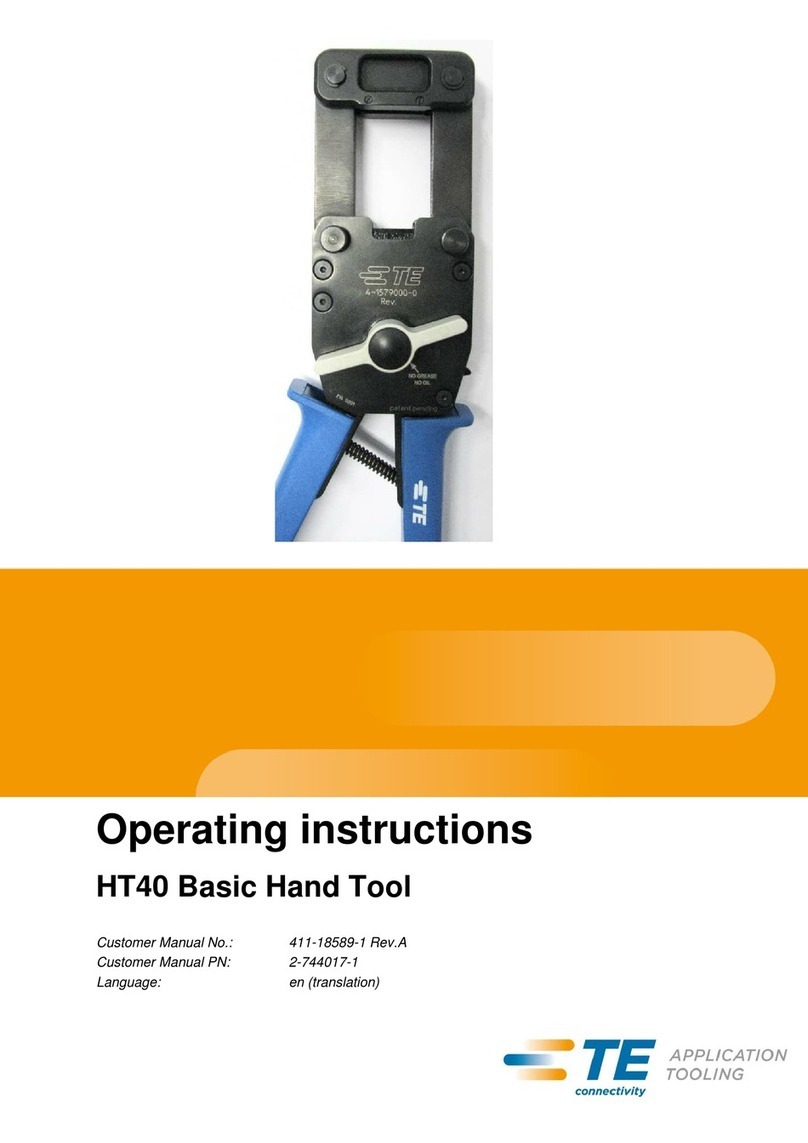
TE Connectivity
TE Connectivity HT40 User manual
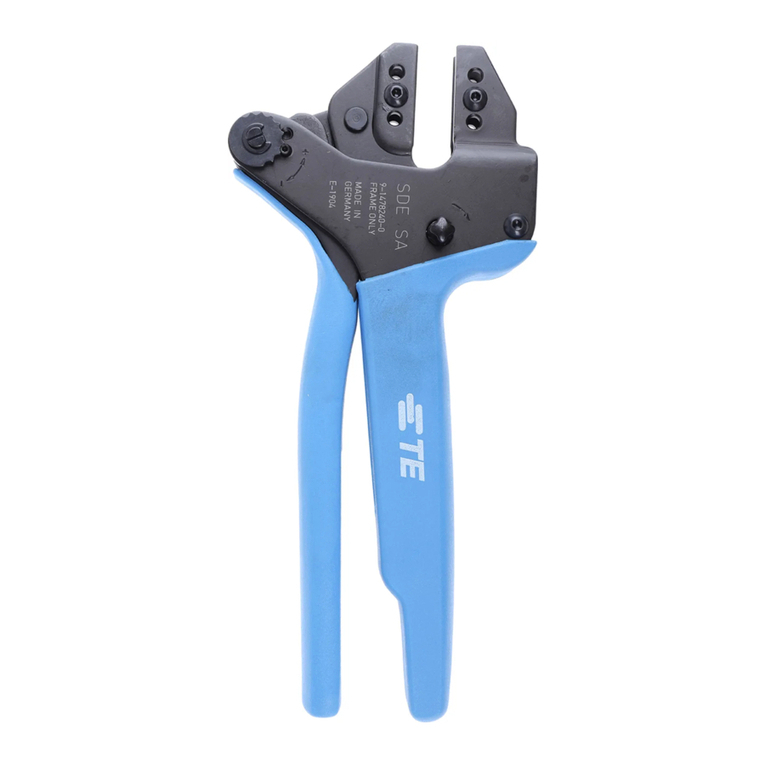
TE Connectivity
TE Connectivity SDE-SA User manual
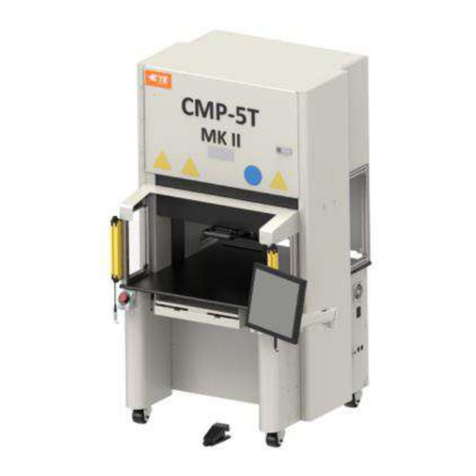
TE Connectivity
TE Connectivity CBP-5T Mk II Reference guide
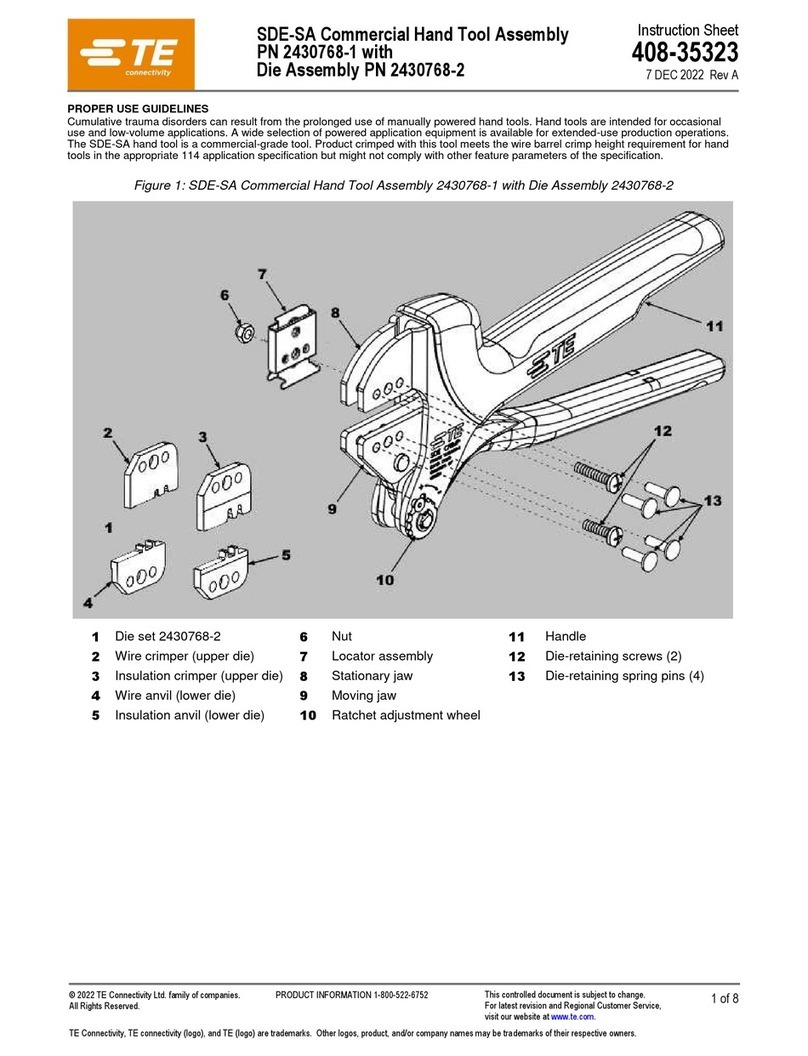
TE Connectivity
TE Connectivity 2430768-1 User manual
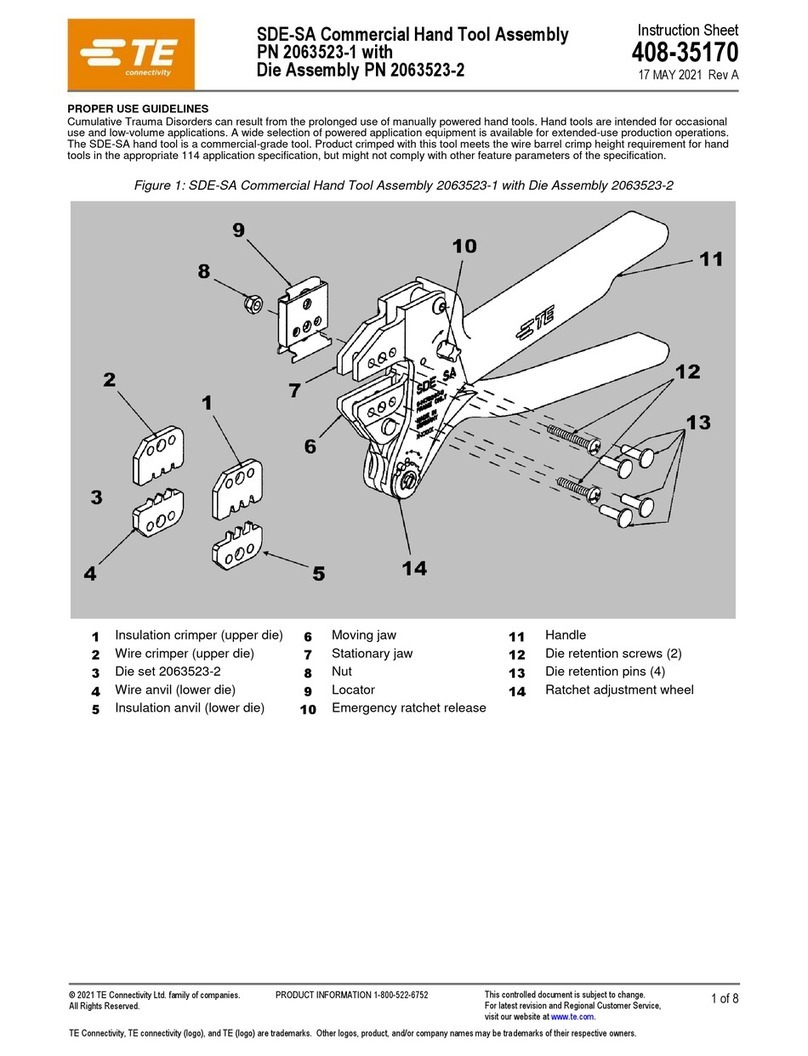
TE Connectivity
TE Connectivity 2063523-1 User manual
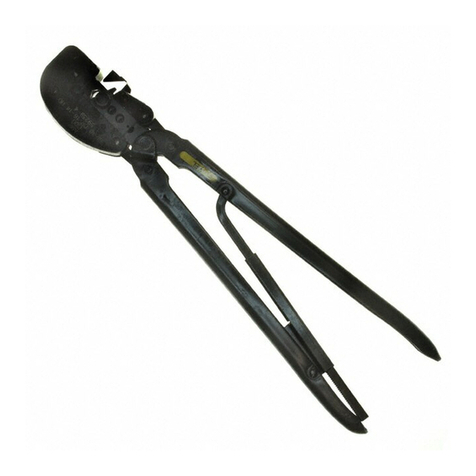
TE Connectivity
TE Connectivity 59239-4 User manual
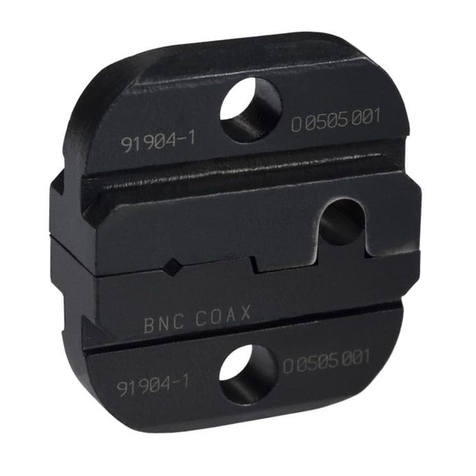
TE Connectivity
TE Connectivity 91904 Series User manual

TE Connectivity
TE Connectivity 539 666-2 User manual

TE Connectivity
TE Connectivity SDE-SA User manual

TE Connectivity
TE Connectivity 2363592-1 User manual

TE Connectivity
TE Connectivity ERGOCRIMP 7-1579004-1 User manual

